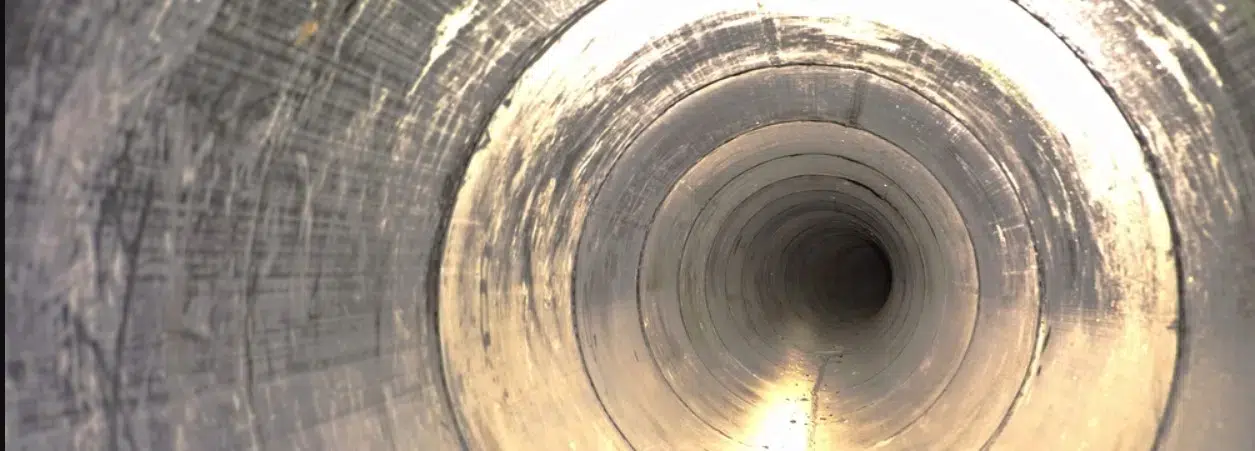
Remote Visual Inspection (RVI)
Welcome to [NDT Inspection Portal]’s remote visual inspection (RVI) group, a place for professionals... View more
Three RVI Methods
Three RVI Methods
Three RVI Methods
The three major methods of RVI are (1) Comparison Measurement, (2) Stereo Measurement, and (3) Shadow Measurement.
Comparison Measurement
The comparison measurement method is based on a known reference dimension in the inspection image, which is used to measure other objects in the same view and plane. The object used to provide a reference dimension can also have been set in place by the instrument manufacturer or introduced with the probe. For this method, comparison measurement accuracy depends on two factors: the distance from the distal end of the borescope to the object, and the degree to which the object plane is perpendicular to the borescope camera.
Stereo Measurement
The stereo measurement method on the other hand, which is also sometimes known as stereo probe measurement, uses a prism or dual lens to split images, allowing the camera to capture left and right views with a precise angle of separation. The position of user-placed cursors is then analyzed using a computer algorithm and triangulation geometry is applied to them to obtain accurate measurements. The accuracy of this method depends on the separation distance between the prism or dual lens and on the distance of the distal end of the borescope from the object being measured. The sharpness and contrast of the image in question are also very important for the accuracy of the measurement. Unlike other methods, the stereo method does not depend on perpendicularity between the object plane and the video borescope distal tap.
Shadow Measurement
The final method, shadow measurement, relies on a shadow triangulation of tip-to-target distance. A device known as a shadow measurement tip projects a shadow across the area being inspected. Thus, the positioning and size of the shadow in the resulting image is directly related to the distance from the tip to the object. With this information, the shadow measurement system can accurately calculate the size of any features or defects. The accuracy of this method depends on the distance from the distal end of the borescope to the object being examined. Image sharpness and contrast are less important than with the stereo method. The object plane must be perpendicular for some types of measurement and may be skewed for other types of measurements.
Sorry, there were no replies found.
Log in to reply.

